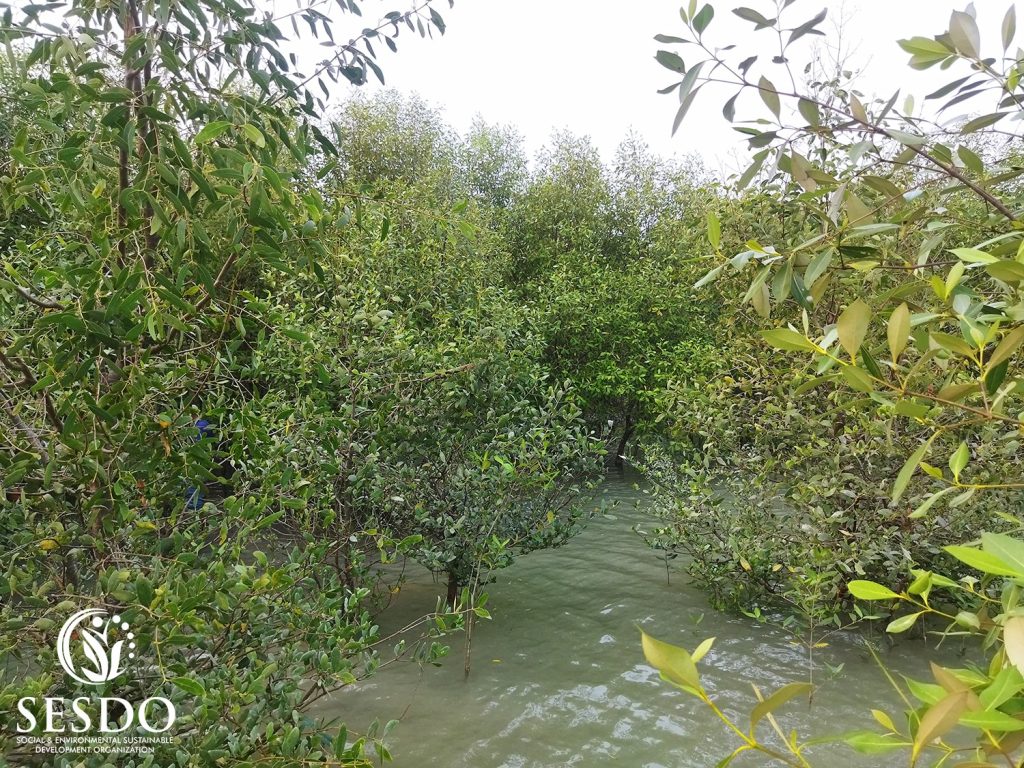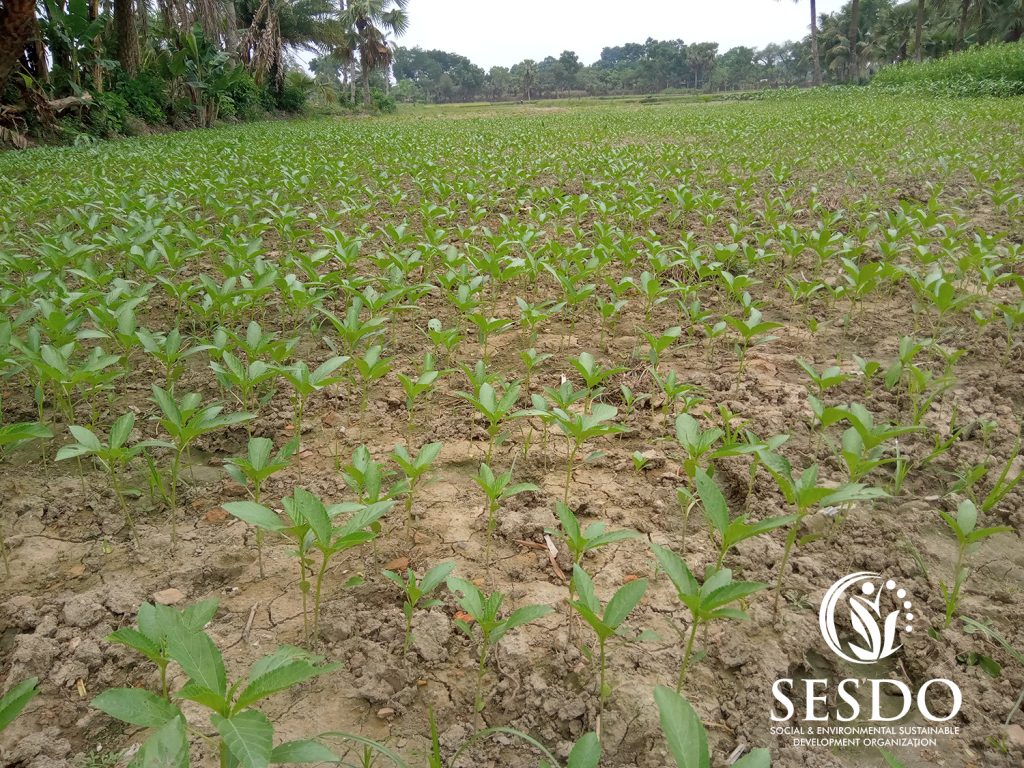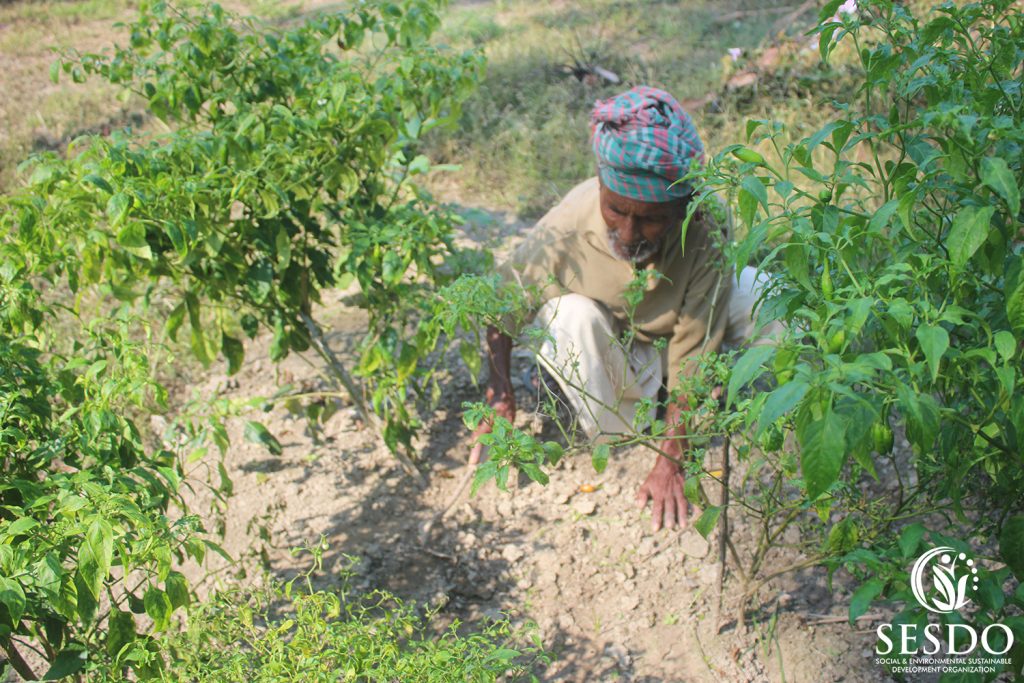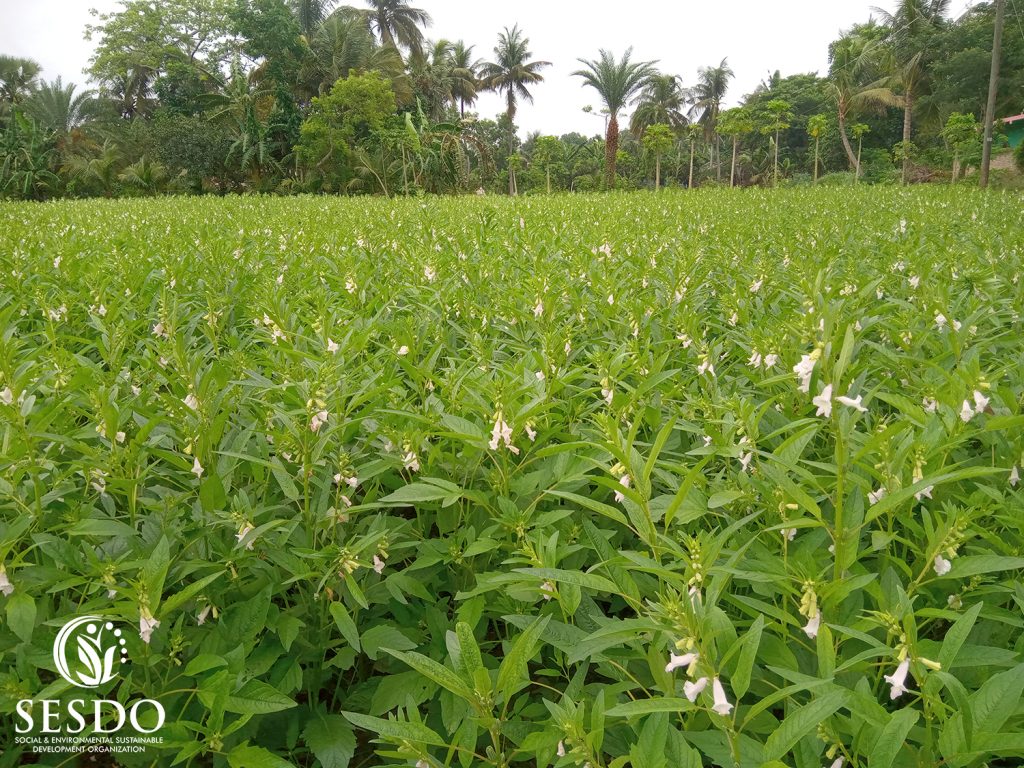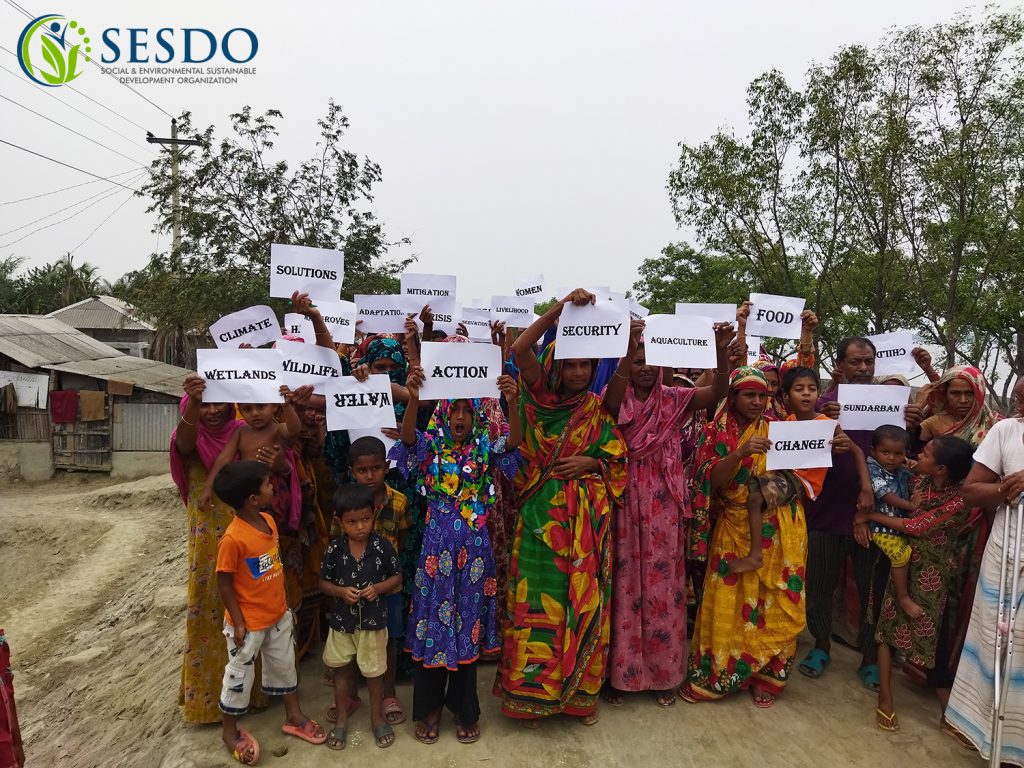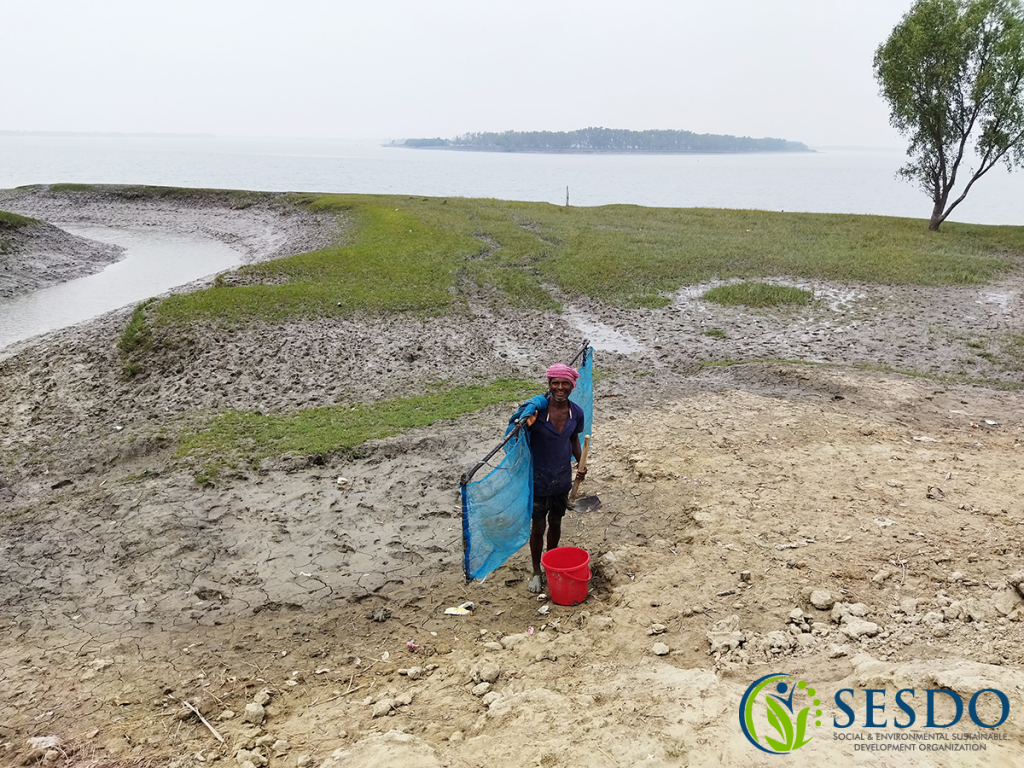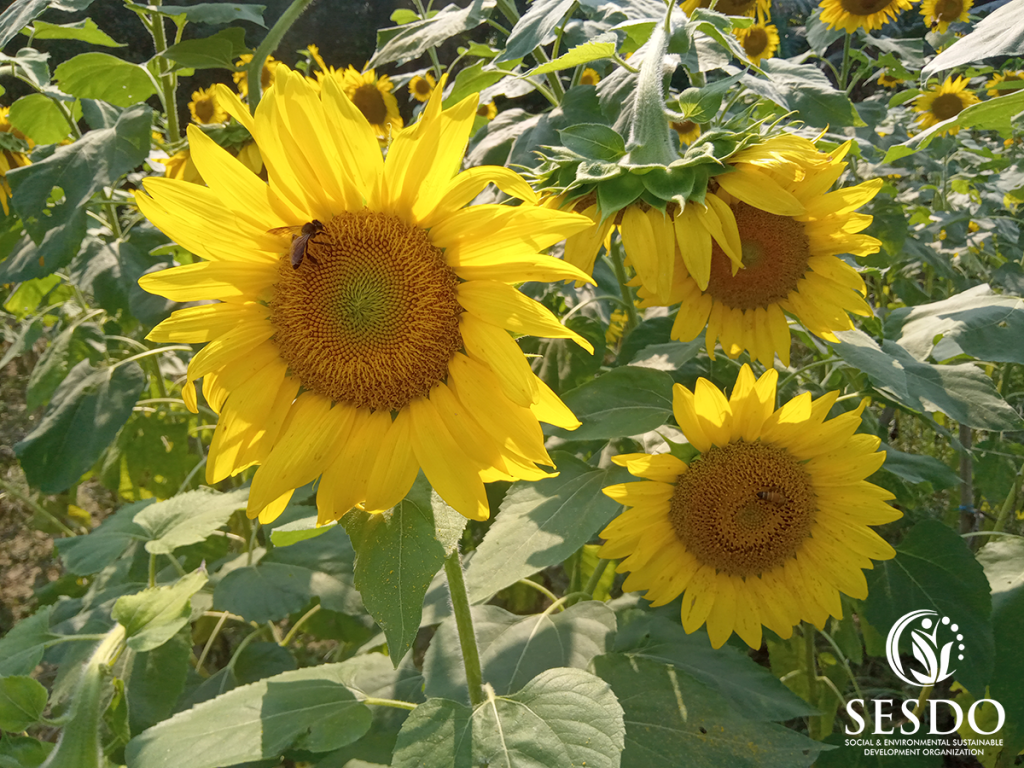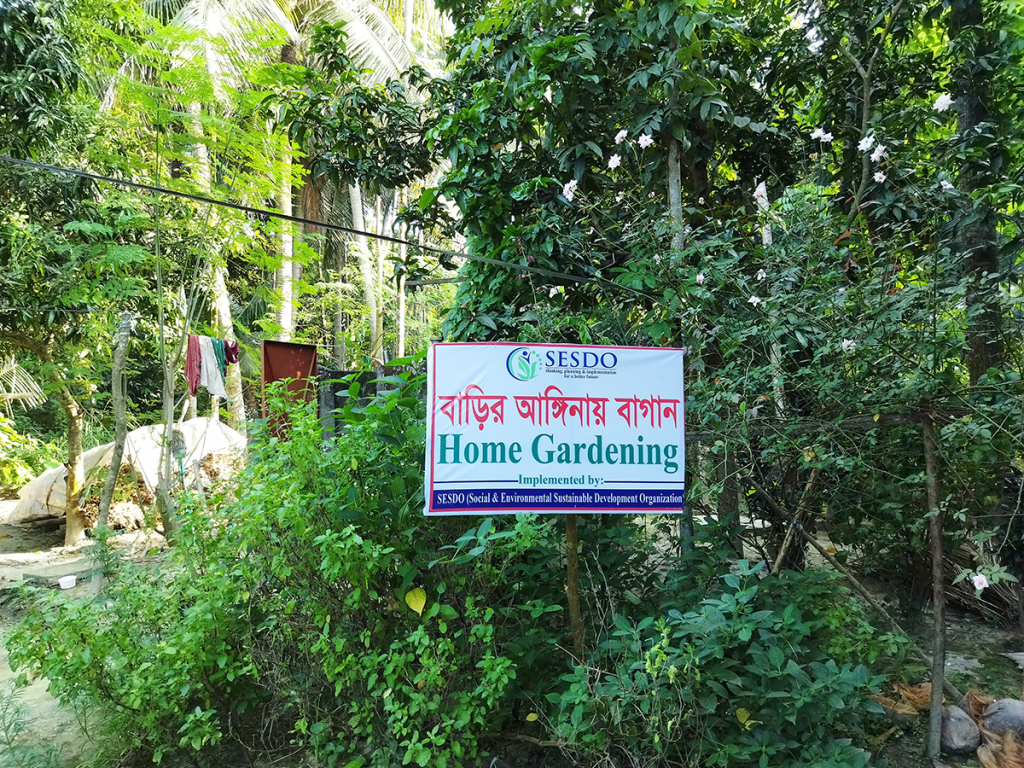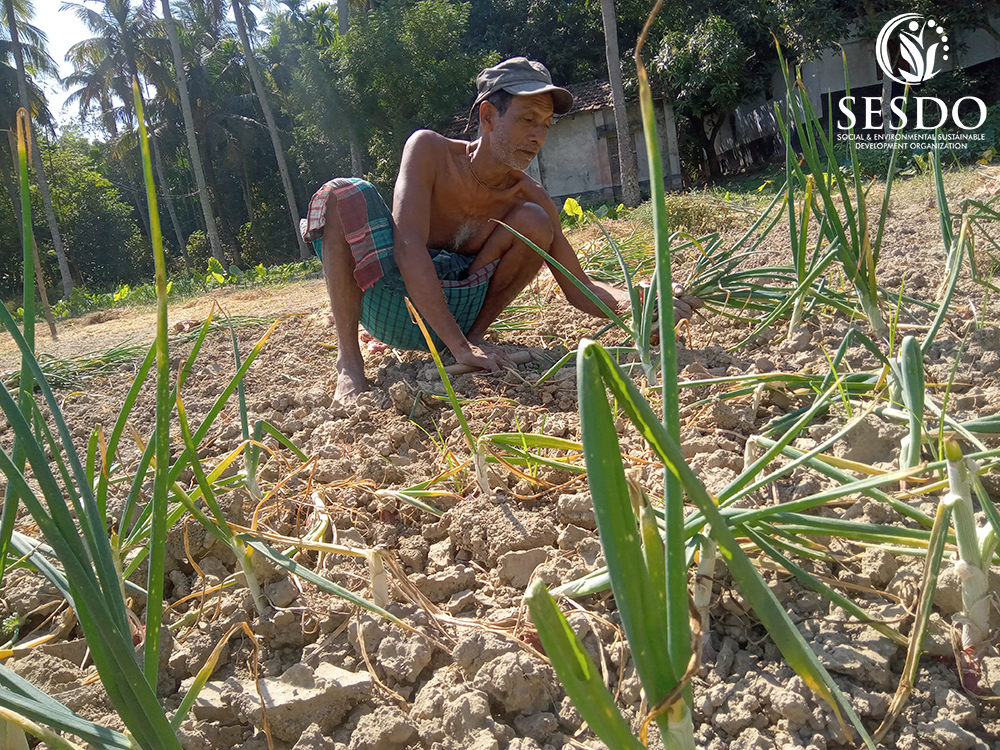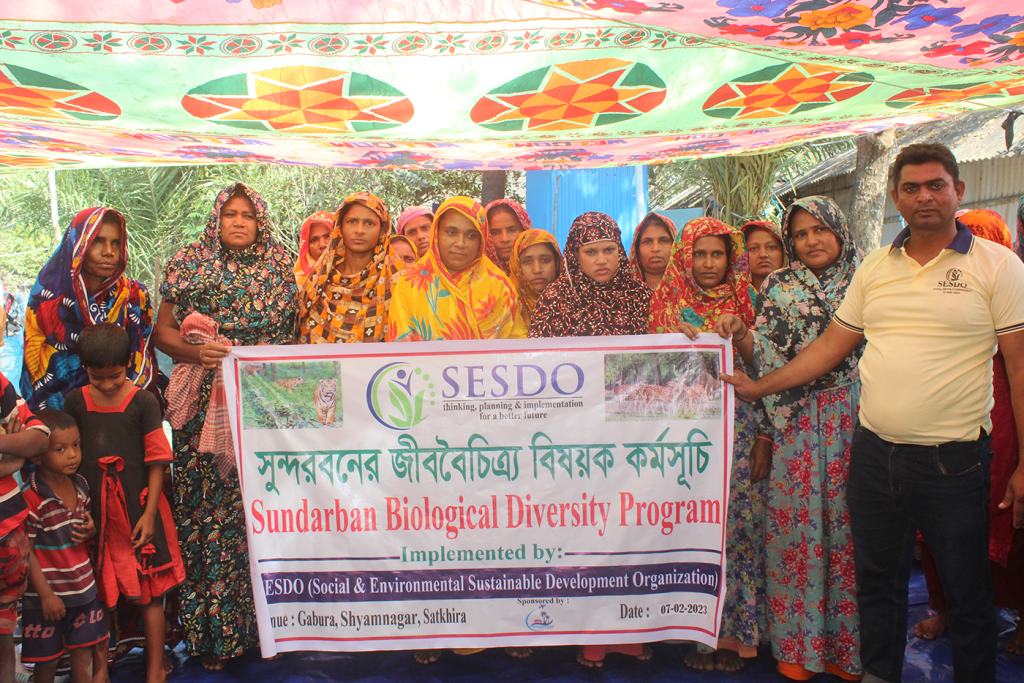The door of the Sundarbans is closed for 92 days, forest dwellers are returning with concern!
The door of the Sundarbans is closed for 92 days, forest dwellers are returning with concern! The gates of the Sundarbans will be closed for three months from June 1 to protect the migration and breeding of wild animals and fish in the rivers and canals. During this time, the entry of tourists, the […]

